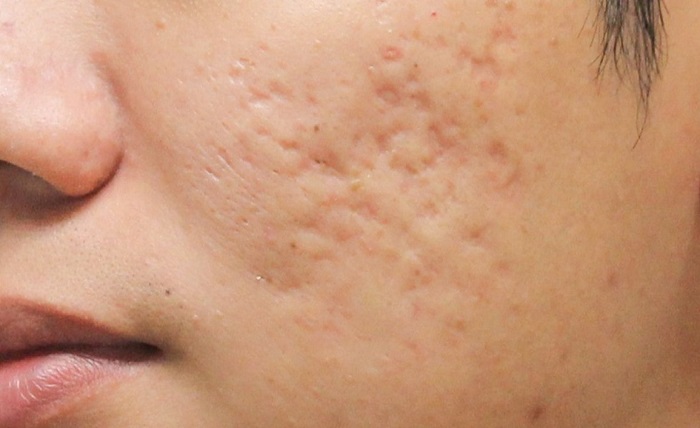Skin is a seamless organ, like a fine cloth protecting valuable assets. Imagine a piece of silk. Just one small tear can make a big difference in how it looks. And it’s the same with skin. Any burn, injury, or other trauma, such as surgery, can cause a scar.
Now a scar isn’t bad if it’s small or in a location that’s easy to conceal. But when it’s not, you may wonder if there’s a way to treat it, other than hiding it under your clothes, that will make it go away or at least change how it looks.
The truth is the scar will never completely go away. But there are some methods that can help reduce its size and change its appearance.
What Causes Scars?
Scarring is an inevitable part of healing after an injury. There are many factors that influence how scarring looks and how it is treated. It is important to consider the depth and location of the cut or wound. Your age, genes and sex are all important.
Different Types of Scars
There are a few different types of scars:
- Keloid scars. These scars can be caused by an aggressive healing process. These scars can extend beyond the initial injury. A keloid scar can cause movement problems over time. The treatment options include surgery to remove scar tissue, steroid injections or silicone sheets to smoothen the scar. Cryotherapy, which is freezing therapy with liquid nitrogen, can be used to treat smaller keloids. If you have been injured, pressure treatment or silicone gel pads can be used to prevent keloid formation. People with darker skin are more likely to have keloid scars.
- Contracture scars. Contracture scars can occur after your skin has been burnt. Contracture scars can tighten the skin and make it difficult to move. Contracture scars can also be deeper and affect muscles or nerves.
- Hypertrophic scars. These scars are similar to keloids, but are not larger than the injury’s boundary. The treatment options include silicone sheets that flatten the scar or injections with steroids to reduce inflammation.
- Acne scars. Scars from severe acne are common. There are many types and styles of acne scarring, from deep pits to scars with angular or wavelike appearances. The type of acne scars that you have will determine the treatment options available.
What are the Treatments Possibilities for Scars?
Scar treatments could include:
- Over-the-counter or prescription creams, ointments, or gels. These products can be used for scarring caused by cuts, other injuries, or wounds. If your scarring is due to cosmetic or plastic surgery, your surgeon may recommend an over-the-counter option. There are prescriptions that might help if you do not have the option. For very sensitive scars, steroids and certain oral antihistamines may be prescribed. Ask your dermatologist if you have severe acne scarring. To treat scarring or prevent future ones, your doctor may recommend pressure treatment or silicone sheeting.
- There are many ways to treat deeper scars, depending on the case. There are several options to treat deeper scarring, including skin grafts and excision. A skin graft is when the surgeon uses skin taken from another part of your body. This procedure is used frequently for people who have had burns. Surgery can be used to correct scarring that has caused impairments in function. It is best to wait at most one year if you have had scarring from surgery. Scars can fade over time and become less visible.However, you have to make sure to take the treatment only from reputed skin clinics like cliniccleo.com.
- Steroid injections may be given to treat scars that are prominent, such as hypertrophic or keloids scars. This may be used by your doctor alone or in combination with other treatments.

